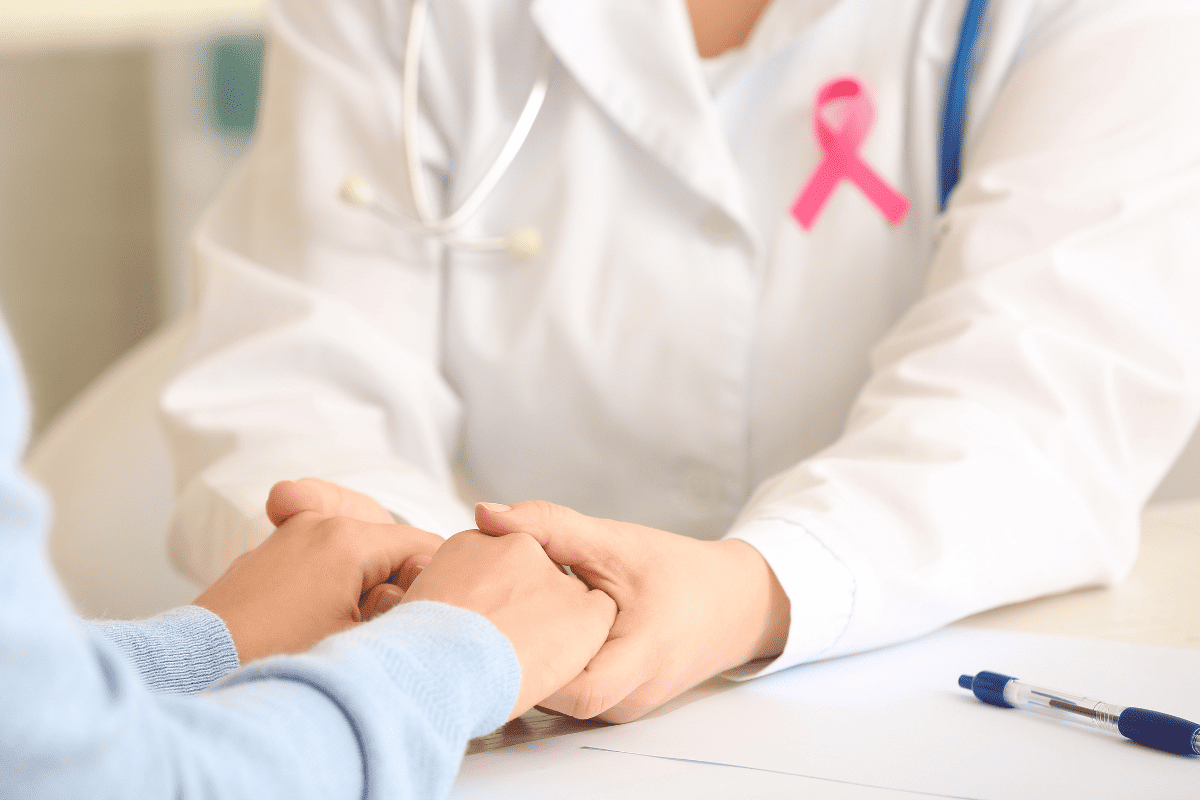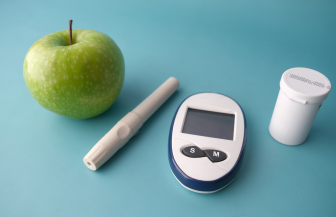
Do you know what breast cancer is? Breast cancer is a topic that touches the lives of countless individuals, directly or indirectly. According to statistics, it is estimated that 1 in 8 women will be diagnosed with breast cancer during their lifetime.
But what is breast cancer and how can you protect against its devastating effects? We aim to address this issue by discussing its causes, warning signs, prevention strategies, and treatment options.
What is Breast Cancer?
Breast cancer is a type of cancer that originates in breast tissue cells. It can affect both men and women, although it is far more common in women. Breast cancer occurs when abnormal cells in the breast grow uncontrollably, forming a tumor. These cells can invade nearby tissues and, in some cases, spread to 7 body parts through the bloodstream or lymphatic system.
What Causes Breast Cancer?
The exact cause of breast cancer is unclear, but several risk factors have been identified. These risk factors include:
- Gender: Women are at a higher risk of developing breast cancer than men.
- Age: The risk of breast cancer increases with age, with most cases diagnosed in women over 50.
- Family History: If you have close relatives (mother, sister, or daughter) who have had breast cancer, your risk is higher.
- Genetic Mutations: Inherited gene mutations like BRCA1 and BRCA2 can significantly increase the risk of breast cancer.
- Hormonal Factors: Exposure to estrogen and progesterone over an extended period, such as early menstruation, late menopause, or hormone replacement therapy, can increase the risk.

What Are The Warning Signs of Breast Cancer?
Early detection is important in successful breast cancer treatment. Recognizing the warning signs and seeking medical attention can make a significant difference. Common warning signs include:
- A lump in the breast or underarm: This Symptom is often the most noticeable.
- Changes in breast size or shape: Swelling, dimpling, or skin puckering.
- Unexplained pain in the breast or nipple: Especially if it persists.
- Nipple discharge: Other than breast milk, which could be bloody or clear.
- Skin changes: Redness, scaly or thickening of breast skin.
Can I Prevent Breast Cancer?
While some risk factors for breast cancer, such as age and genetics, cannot be changed, there are steps you can take to reduce your risk:
- Maintain a healthy lifestyle: Eat a balanced diet, exercise regularly, and limit alcohol consumption.
- Breastfeeding: If possible, breastfeed your children, as it may reduce your risk.
- Stay at a healthy weight: Obesity has been linked to increased breast cancer risk.
- Limit hormone therapy: If you’re considering hormone replacement therapy during menopause, discuss the risks and benefits with your healthcare provider.
- Regular screening: Perform breast self-exams and schedule regular mammograms as your doctor recommends.

How is Breast Cancer Treated?
Breast cancer treatment typically involves a combination of surgery (lumpectomy or mastectomy), radiation therapy, chemotherapy, hormone therapy (for hormone receptor-positive cancers), targeted therapy (for HER2-positive cancers), and sometimes immunotherapy. The treatment plan depends on the cancer type, stage, and individual factors. Palliative care may be provided to improve the quality of life in advanced cases. A medical team makes treatment decisions, and ongoing monitoring is essential for tracking progress and managing side effects.
What is a Mammogram?
A mammogram is a medical imaging procedure specifically designed to detect abnormalities in the breast tissue, particularly early signs of breast cancer. It involves taking X-ray images (mammograms) of the breast to identify any lumps, masses, calcifications, or other suspicious changes that may not be palpable during a physical breast exam.
Here’s how a mammogram works:
- Compression: During a mammogram, the breast is compressed between two flat plates. This compression helps spread out the breast tissue, which reduces the amount of radiation needed for the X-ray and provides more precise images. While this compression can be uncomfortable, it is necessary for accurate results.
- X-ray images: Detailed images of internal structures are created by directing X-rays through compressed breast tissue, captured on film or digitally.
- Radiologist’s review: A radiologist, a physician trained in interpreting medical images, reviews the mammogram images. They look for abnormalities, such as masses, calcifications, or other changes that could indicate breast cancer or other conditions.
Mammograms are an essential tool in breast cancer screening and early detection. They can identify breast cancer at an early stage when it’s most treatable, often before a lump or noticeable symptoms develop. Regular mammography screening is recommended for women, typically starting at age 40 or earlier for those at higher risk or with specific risk factors. The frequency of mammograms may vary depending on individual risk factors and guidelines from healthcare organizations.
Breast health and early detection can save lives. We encourage you to take the first step in safeguarding your well-being by scheduling a mammogram and discussing your breast health concerns with our dedicated healthcare professionals. Schedule an appointment today and start your path towards better breast health.




